A New Geography of Agriculture
Encyclopaedia of World Geography
Synopsis
As already noted, commercial plantation agriculture is essentially a European type of agriculture mainly imposed upon tropical regions. It was given its initial impulse by the discovery of sea routes to the new world, West Africa and the far east by Spanish and Portuguese explorers, and subsequently by British and Dutch explorers, in the fifteenth and sixteenth centuries, rapidly followed by the establishment of colonies and trading posts in the regions thus reached. In some cases the existing inhabitants were sufficiently advanced to provide a source of indigenous labour, in which case they were often ruthlessly exploited if not enslaved by the Europeans, and set to work cultivating various tropical crops--mainly foodstuffs--for the European consumer. Where, on the other hand, they were too few in number or technologically too backward or inept to be utilised in this way, they were elbowed aside, assimilated or even exterminated by their conquerors, and more advanced tropical labour was introduced from elsewhere, the classic example being the important of West African slaves into various parts of the new world over a period of about 300 years. Much later plantation development received further impetus from the industrial revolution in the eighteenth and nineteenth centuries, when industrialisation led to an unprecedented rise in demand for industrial raw materials such as cotton, and for tropical food products to feed the growing urban population. As enlightened public opinion in Britain and the U.S.A. began to turn against slavery as an institution, so commercial interests adopted more subtle forms of exploitation such as the importation of indentured Indian workers to work on thee plantations of East Africa, Malaya and the East Indies.
Read more
51.30
46.17
$
57.00 $
Free delivery Wolrdwidе in 10-18 days
Ships in 1-2 days from New Delhi
Membership for 1 Year $35.00
Get it now and save 10%
Get it now and save 10%
BECOME A MEMBER
Books by the same authors
-
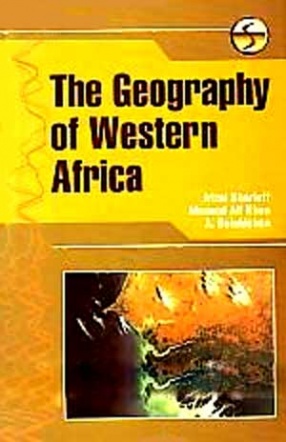
A Geography of Western Africa
-
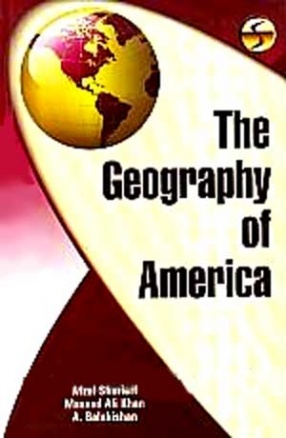
The Geography of America
-
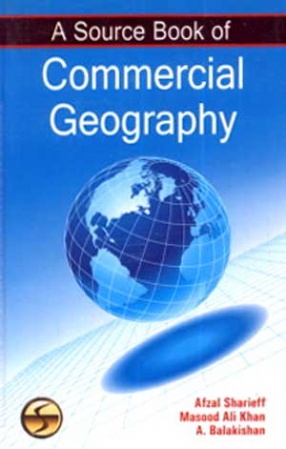
A Source Book of Commercial Geography
-
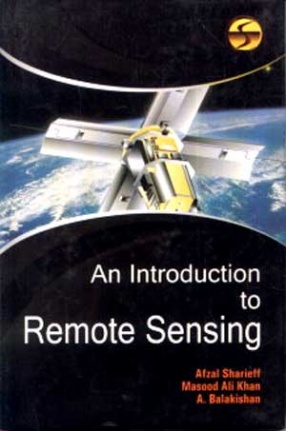
An Introduction to Remote Sensing
-
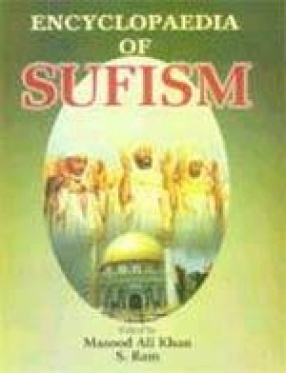
Encyclopaedia of Sufism (In 12 Volumes)
-

Sufism: Tenets, Orders and Saints
-

Early Sufi Masters: Sharafuddin Maneri & Abdullah Ansari
-

Sufism and Naqshbandi Order
-
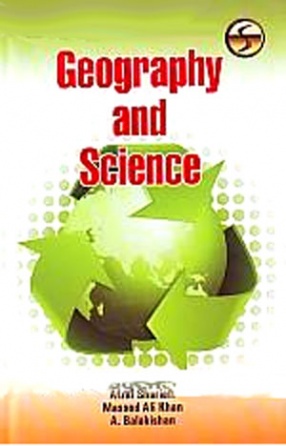
Geography and Science
-
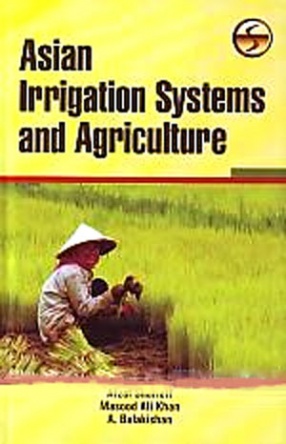
Asian Irrigation Systems and Agriculture

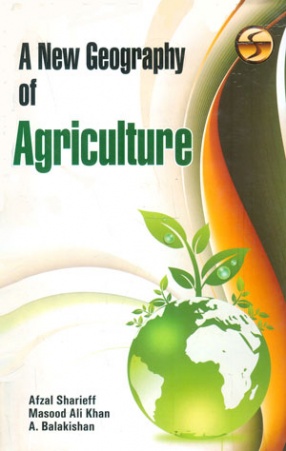
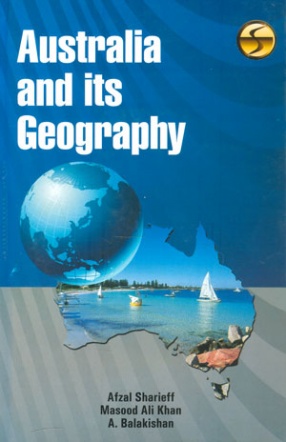
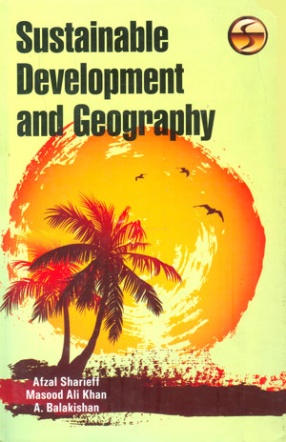
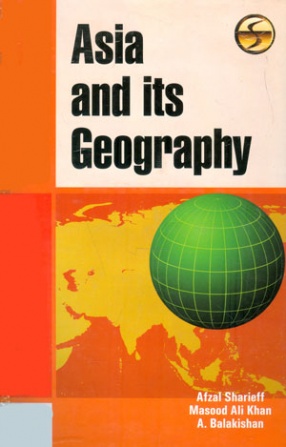
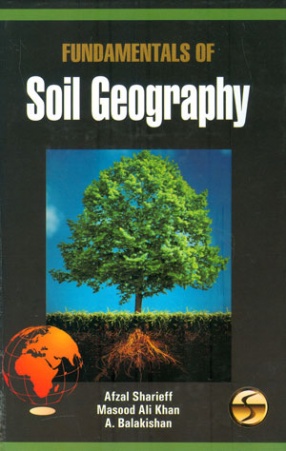
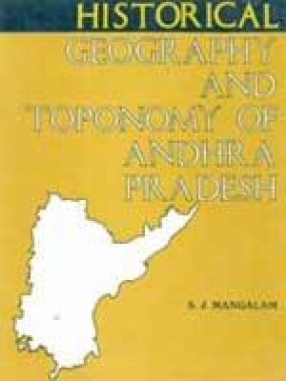
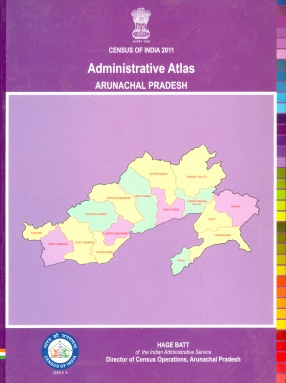
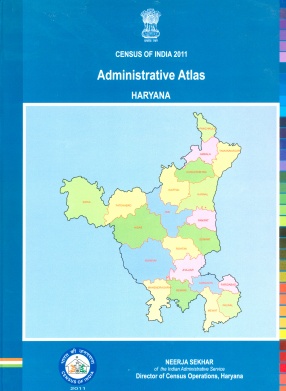
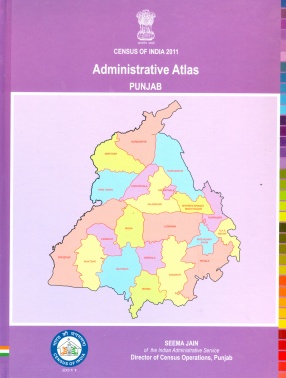

Bibliographic information
Masood Ali Khan
A Balakishan